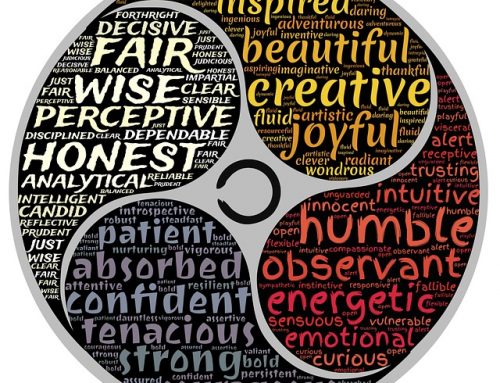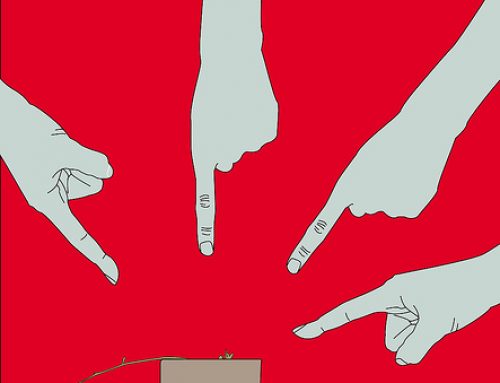The New York Times today ran an article about the famous Encyclopaedia Britanica (EB) going out of print after 244 years.
The realities of 21st century information production and consumption made the offline multi-volume editions quaint and immediately out of date.
Also, Wikipedia, the eleven year old upstart in the encyclopaedia business made it necessary for EB to make some tough choices.
EB fed a fire of knowledge
Encyclopaedia Britannica evokes very fond memories for me. As a kid my mother made it her business to make sure that we had an edition in the house. For her it meant that she was doing everything she could to provide a good education for her children; for me it was a way to feed a fire of learning that I had burning within me, a fire that I realize now not everyone had and I was lucky to have.
I remember how almost in awe I was at the information contained in those tomes and how my respect for the knowledge and the way it was presented reflected in the way that I handled the books and turned the pages. It was the closest I’ve ever been to the experience religious people must have when they handle their sacred texts.
But now it’s gone.
Information changes too fast to invest in an edition that simply can’t be updated frequently enough to keep up. Plus, who goes somewhere to get information nowadays?
But there are better ways to feed that fire today
Today, you simple google it or go directly to Wikipedia, which tends to come up in the top five search results when you’re looking for basic information anyway.
Another sign that the old model of education isn’t relevant anymore
More importantly, the end of EB’s printed edition represents another nail in the coffin for what I call the old model of education, where information was nicely packaged and sealed as an end product. Yes the citations and sources were there, but the way they were presented didn’t encourage further exploration.
The new model of education is
Our kids are now encouraged to explore by following links embedded within the information that’s being presented; they are encouraged to go down the rabbit-hole of information and see where it leads them, even God-Forbid to information that contradicts the facts of the original article.
The new model facilitates exploration and interaction with knowledge and information.
Seth Godin does a nice job of pointing out how this works by demonstrating the stark contrast with how information is presented on EB vs. Wikipedia. Using a search for Rick Santorum on both EB and Wikipedia you are struck by how extensive the Wikipedia article is compared to EB and how many links are embedded in the Wikipedia article vs. EB.
But access to the rabbit hole is not enough
Yet I’m reminded that not every kid will seek to explore the rabbit hole.
Having the twenty-something EB volumes on our shelves at home wasn’t enough to have everyone open them, and having the means to explore the never-ending rabbit hole of knowledge also doesn’t mean that your child will.
For that they need to have that fire burning within them, a fire that might be ignited by curious happenstance, or by parents and teachers working together to provide the experiences and help the child make the connections s/he needs to start that fire.






I have to say. I was a bit sad to see it go for purely nostalgic reasons. Great post !!
Like Napoleon Hill said, you can’t ‘teach’ desire.